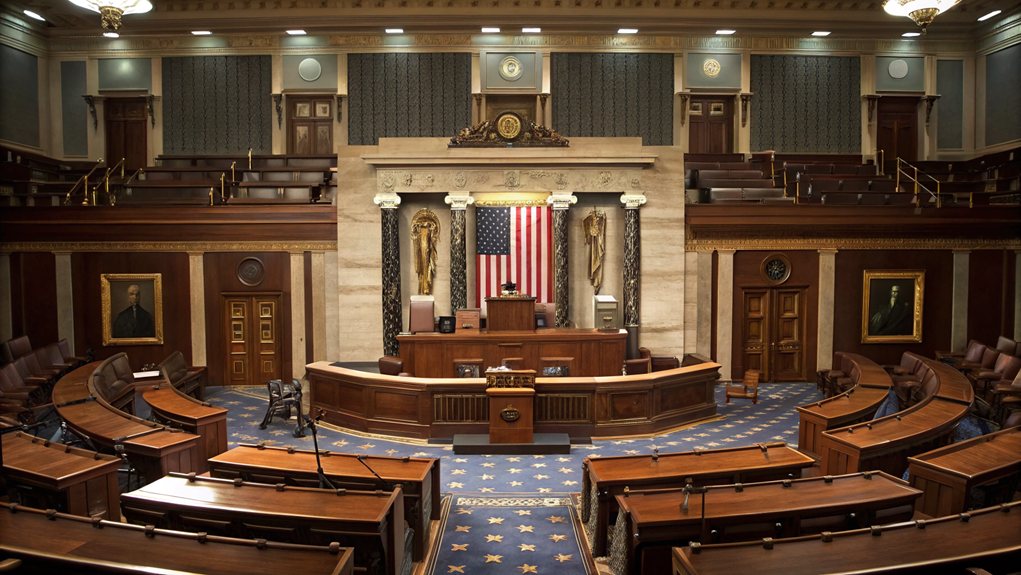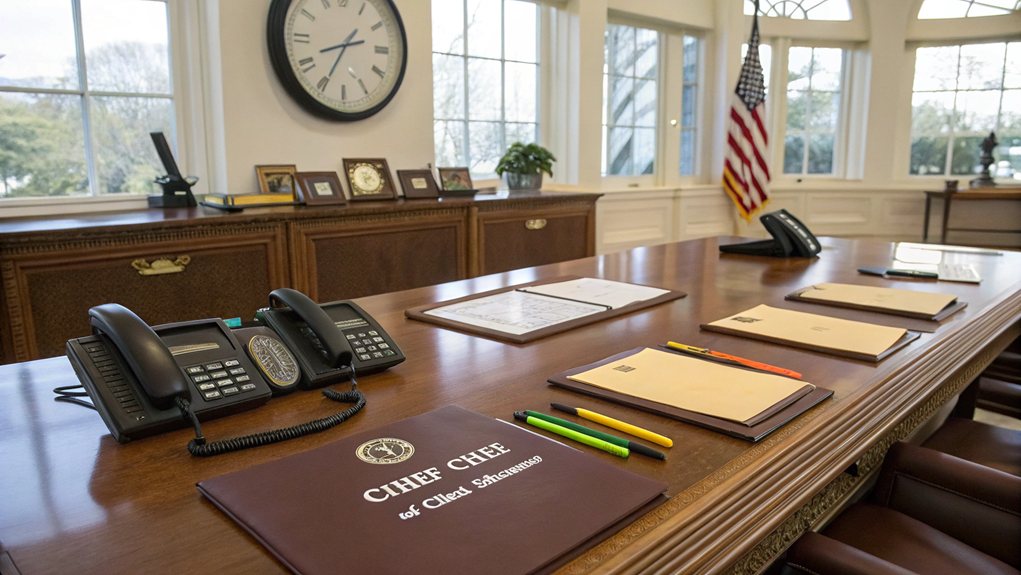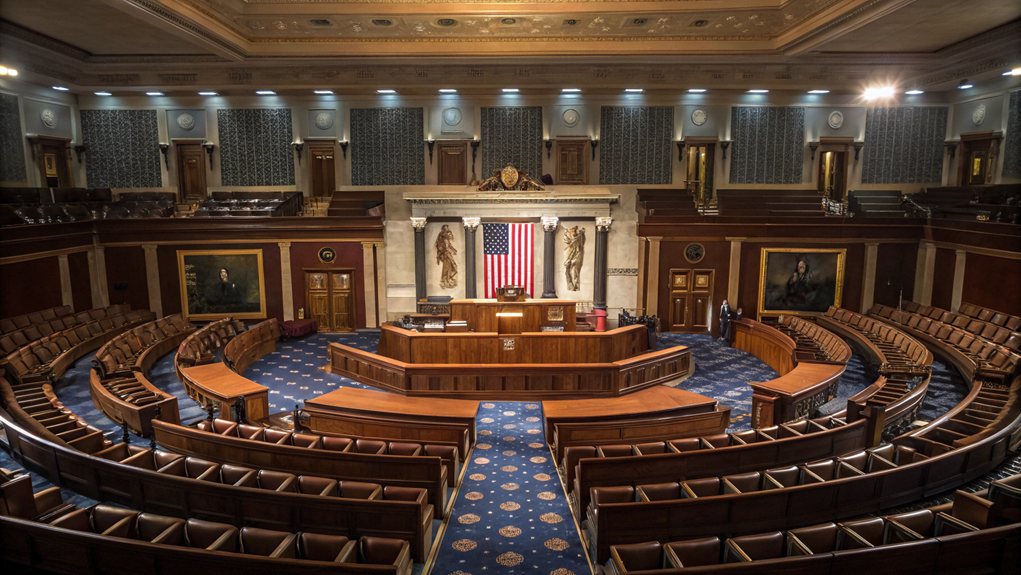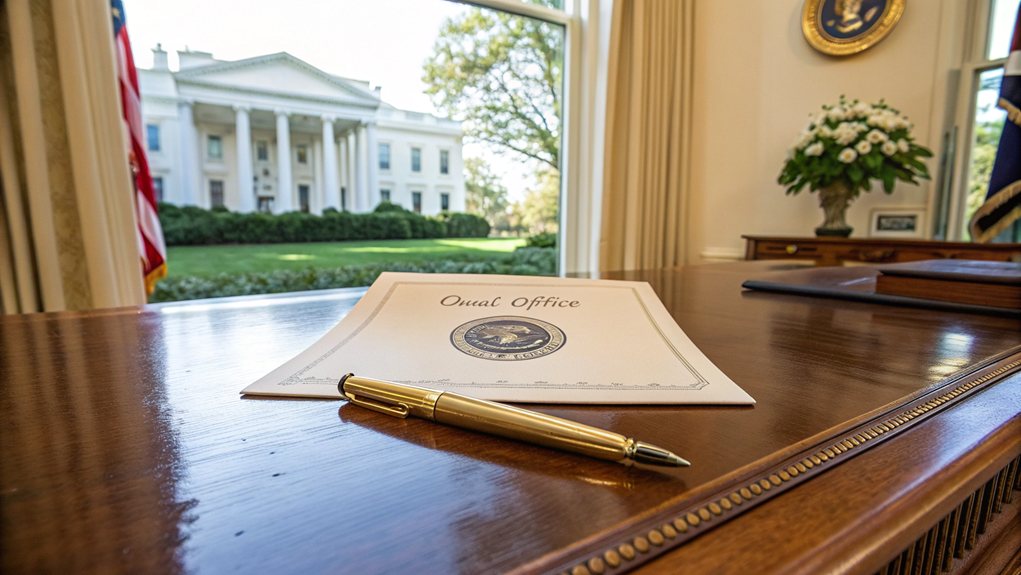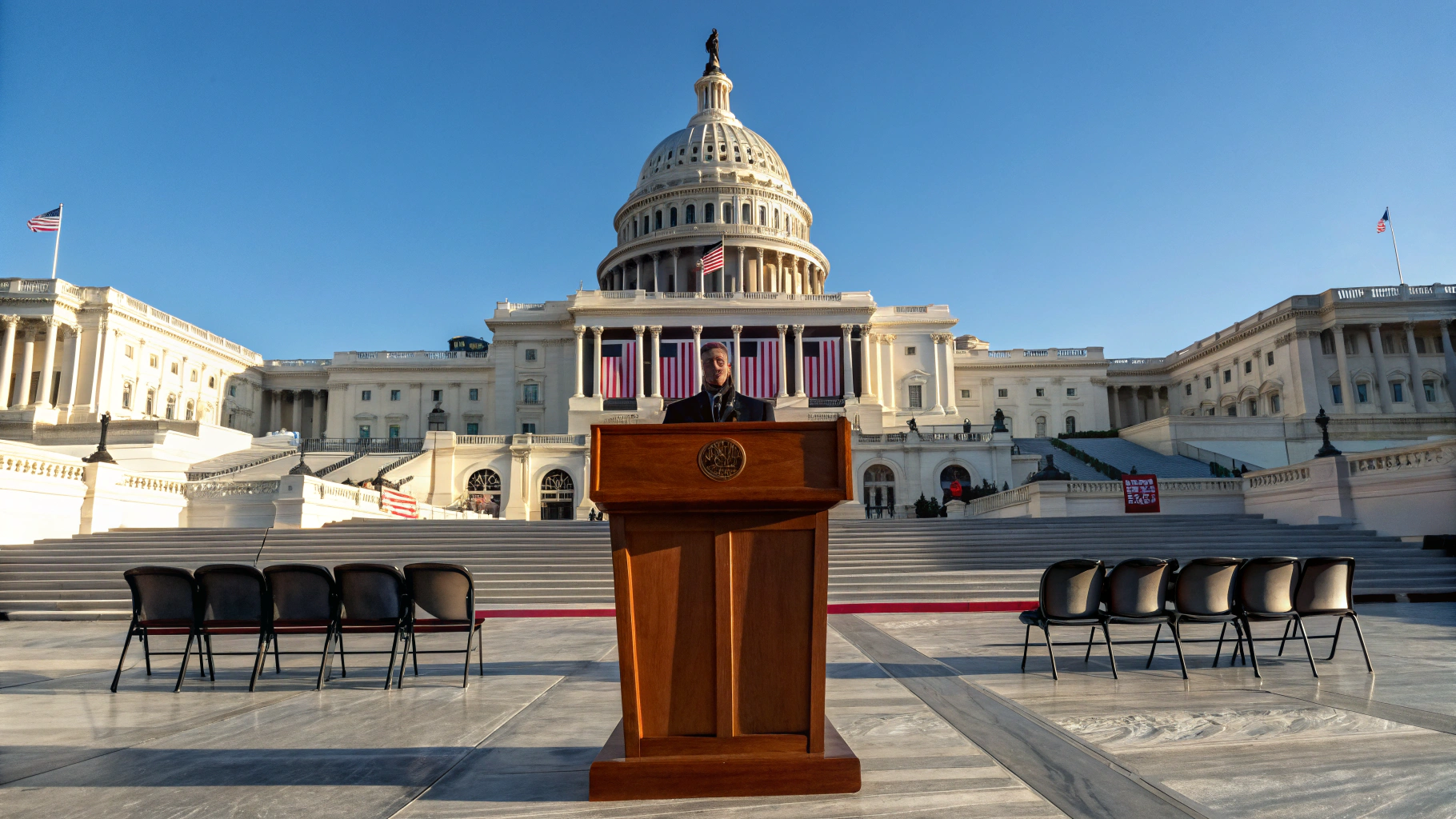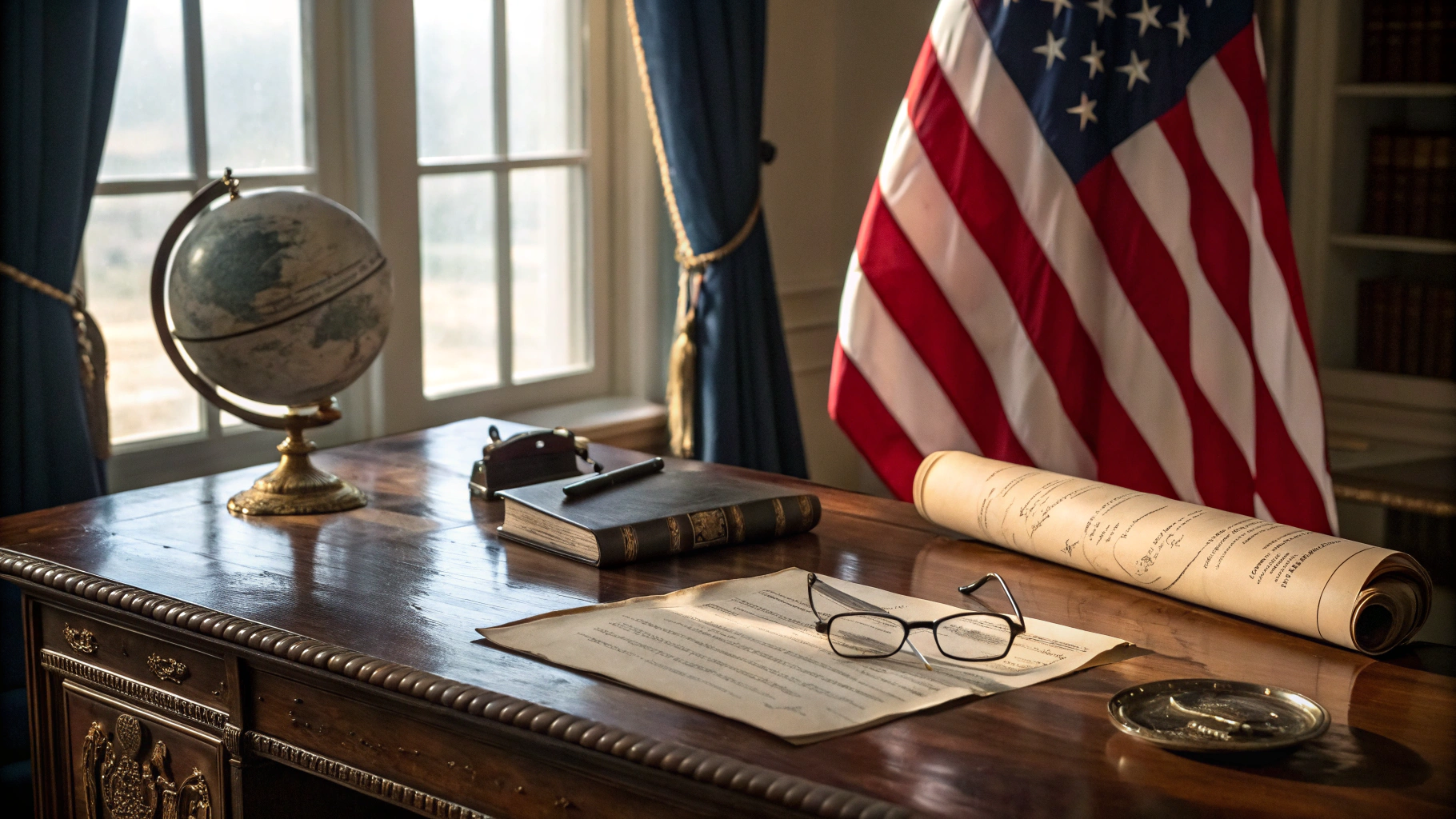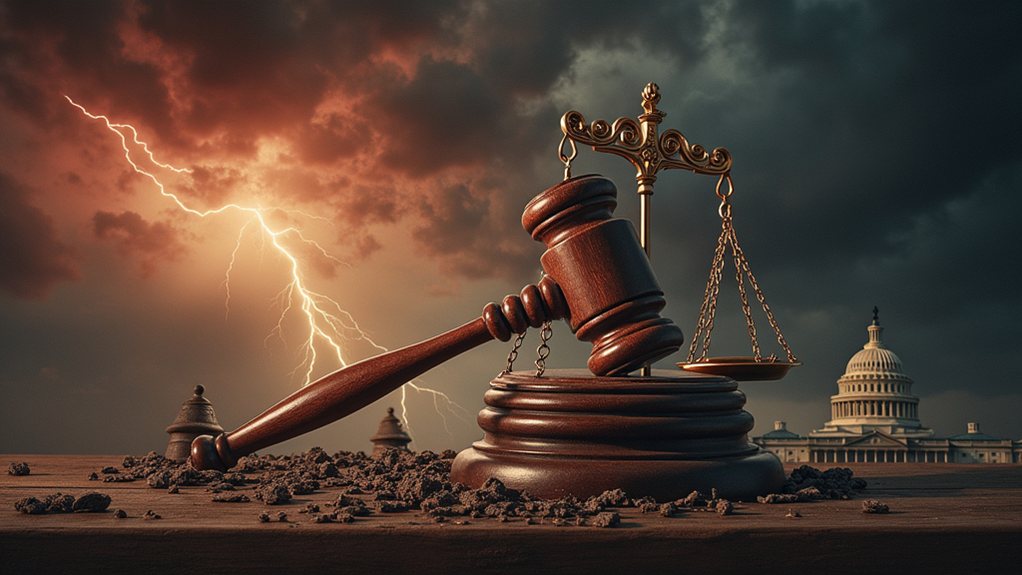The Vice President packs a punch in government. They're the President's right-hand person, stepping up when needed and breaking Senate ties—243 times and counting! National security? Yep, they're in the mix, getting daily intel briefings and weighing in on key decisions. Plus, they represent the President at state events. Talk about a busy schedule! If you think that's all there is, wait until you learn about their role in succession and elections.
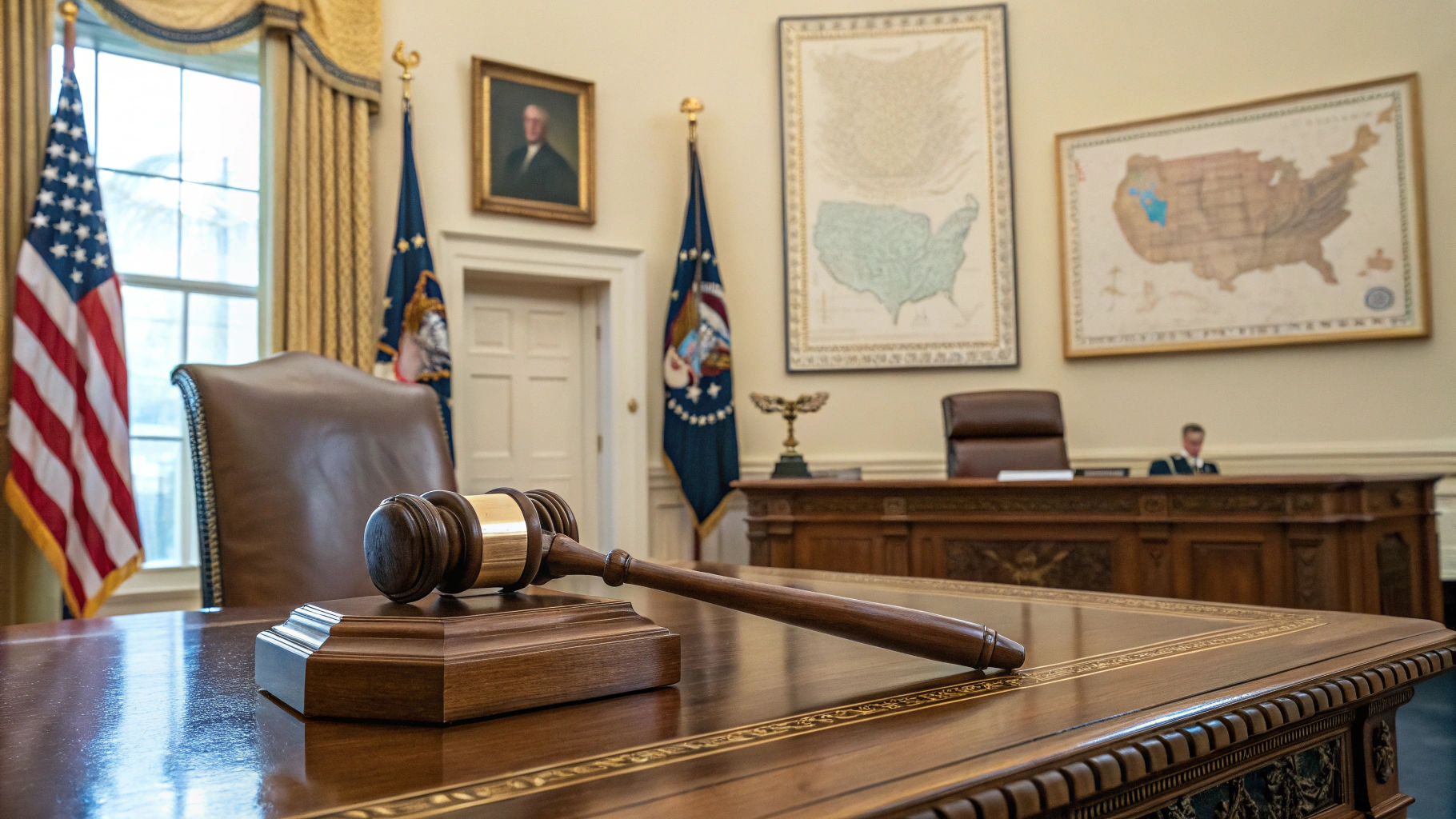
The Vice President of the United States is more than just the President's backup. Sure, they can step in when the President can't, but their role is much more layered than that. According to the Constitution, specifically Articles I and II, the Vice President serves as the President of the Senate. That means they preside over Senate deliberations. A fancy title, but let's be real: they mostly show up to cast tie-breaking votes when the Senate is deadlocked. They've done this 243 times, so they must have some practice at it. Additionally, the Vice President has the authority to cast tie-breaking votes, a significant power that can sway legislative outcomes.
Now, the Vice President's influence often hinges on their relationship with the President. If they're best buds, they might have a say in major decisions. If not? Well, they might just be sitting in the backseat, twiddling their thumbs. The Vice President is also a member of the National Security Council, which is a principal forum used by the President to consider national security and foreign policy matters with senior advisors and Cabinet officials.
Speaking of decisions, the VP is also a key player in national security matters. They're part of the National Security Council and get daily intelligence briefings. Who wouldn't want to know what's happening behind the scenes?
On the ceremonial side, the Vice President is out there representing the President at events, state funerals, and the occasional international gathering. It's like a never-ending series of meet-and-greets. Forget about red carpets—this role is more about mingling with politicians and diplomats.
Then there's the succession part. If the President can't serve? The Vice President steps right in. The 25th Amendment spells out how to fill a vacancy in the Vice Presidency, because why should there be confusion in government?
Elections matter, too. The Vice President is elected alongside the President through the Electoral College. No special qualifications needed, just the same basic ones as the President. Additionally, the Vice President serves as a successor to the president if the president dies or resigns, highlighting their importance in maintaining government continuity.
All this makes the Vice President a crucial piece of the government puzzle. Not just a backup, but a significant player in American politics.
Frequently Asked Questions
How Is the Vice President Elected in the United States?
The vice president is elected alongside the president through the Electoral College.
It's a numbers game, folks. You need at least 270 electoral votes to win. If no one makes the cut, the Senate picks from the top two candidates.
Voters don't cast separate ballots; they choose a ticket. Simple, right? This whole process seems straightforward, but it can get messy, just like a high school cafeteria during lunch hour.
Can the Vice President Be Removed From Office?
Yes, the Vice President can be removed from office, but it's no walk in the park.
The Constitution lays out a process: impeachment by the House, then a Senate trial. It sounds easy enough, right? But it takes a simple majority to impeach and a hefty two-thirds to actually kick someone out.
Funny enough, no Vice President has ever been impeached. Guess they're doing something right—or maybe just luckier than most!
What Happens if the Vice President Dies in Office?
If the Vice President kicks the bucket while in office, things get a bit tricky.
First off, a vacancy appears—surprise! The President quickly nominates a replacement, because, you know, continuity is key. Congress then has to give a thumbs up.
It's all outlined in the 25th Amendment. So, while it's a grim scenario, the process is clear. The government doesn't just stop because someone's gone.
Life goes on, apparently.
Do Vice Presidents Have Any Legislative Powers?
Vice Presidents don't wield much legislative power.
Sure, they can break ties in the Senate, but that's about it.
They're more like ceremonial figureheads, presiding over meetings and maintaining order.
Most of their influence is indirect, dangling behind the President, advising or pushing policies.
It's a mixed bag—sometimes they're seen, often they're not.
So, yeah, not exactly legislative superheroes.
Just a fancy title with limited action.
How Does the Vice President Support the President's Agenda?
The Vice President supports the President's agenda in a bunch of ways. They attend cabinet meetings, give advice, and even make diplomatic trips.
Basically, they're like the President's right-hand person—sometimes more useful than a Swiss Army knife. They can help rally other government branches, ensuring the President's plans get some traction.
It's a mix of charm, strategy, and a lot of behind-the-scenes work. Sometimes it feels like a glorified assistant gig, but hey, it's essential.
